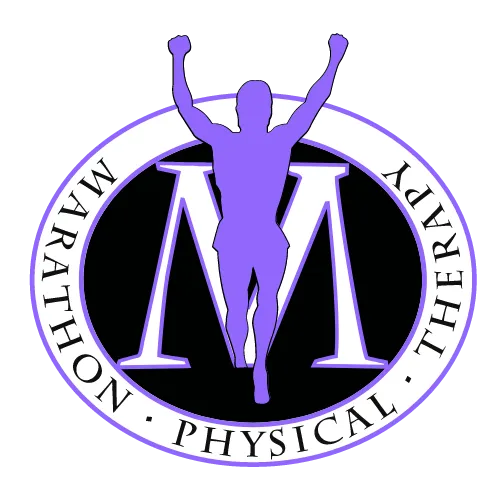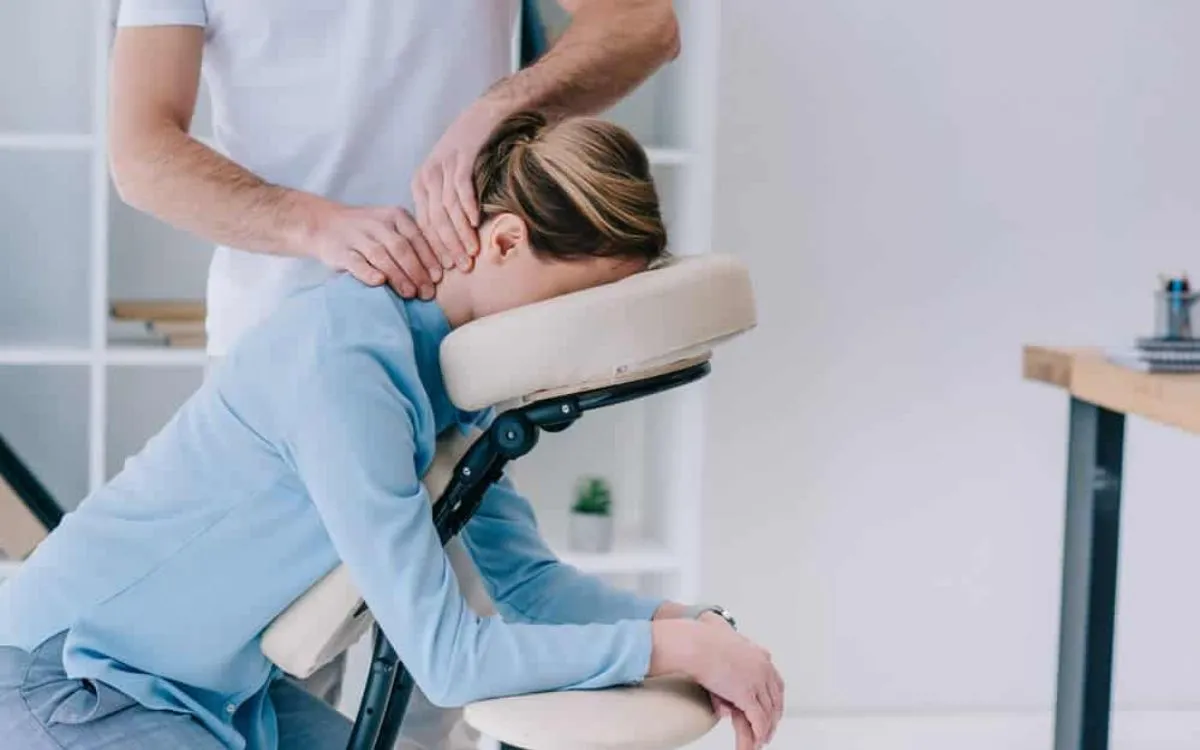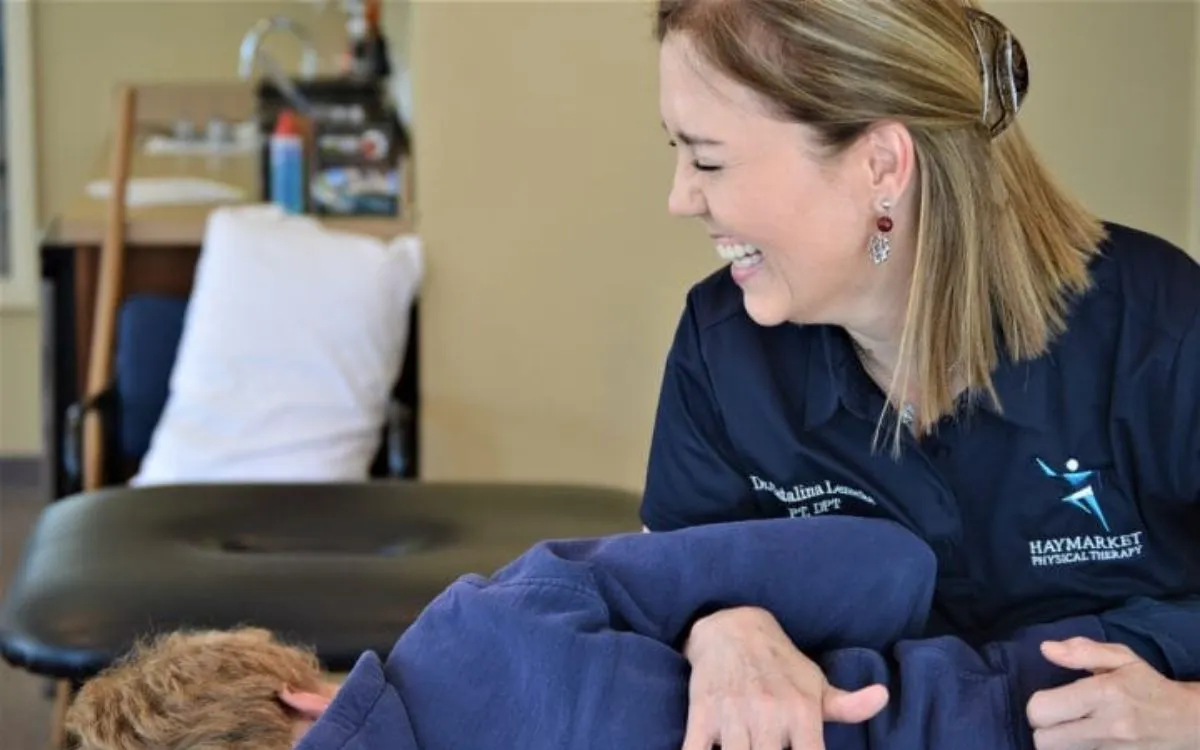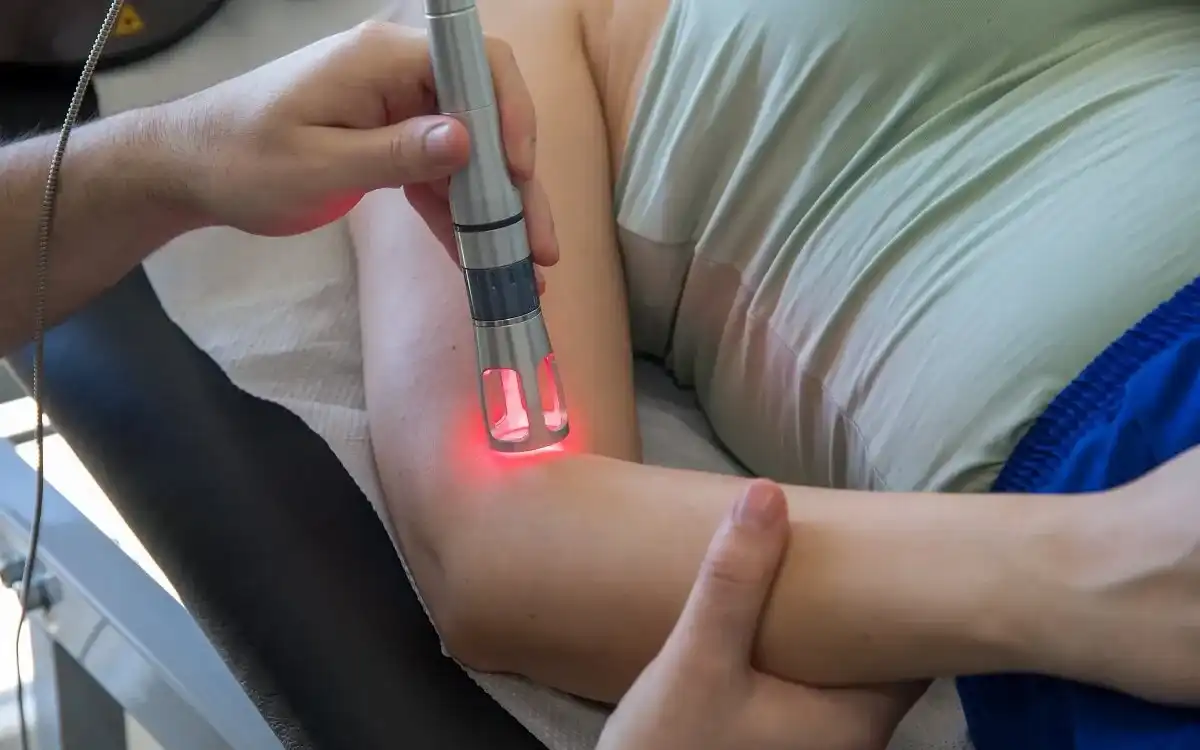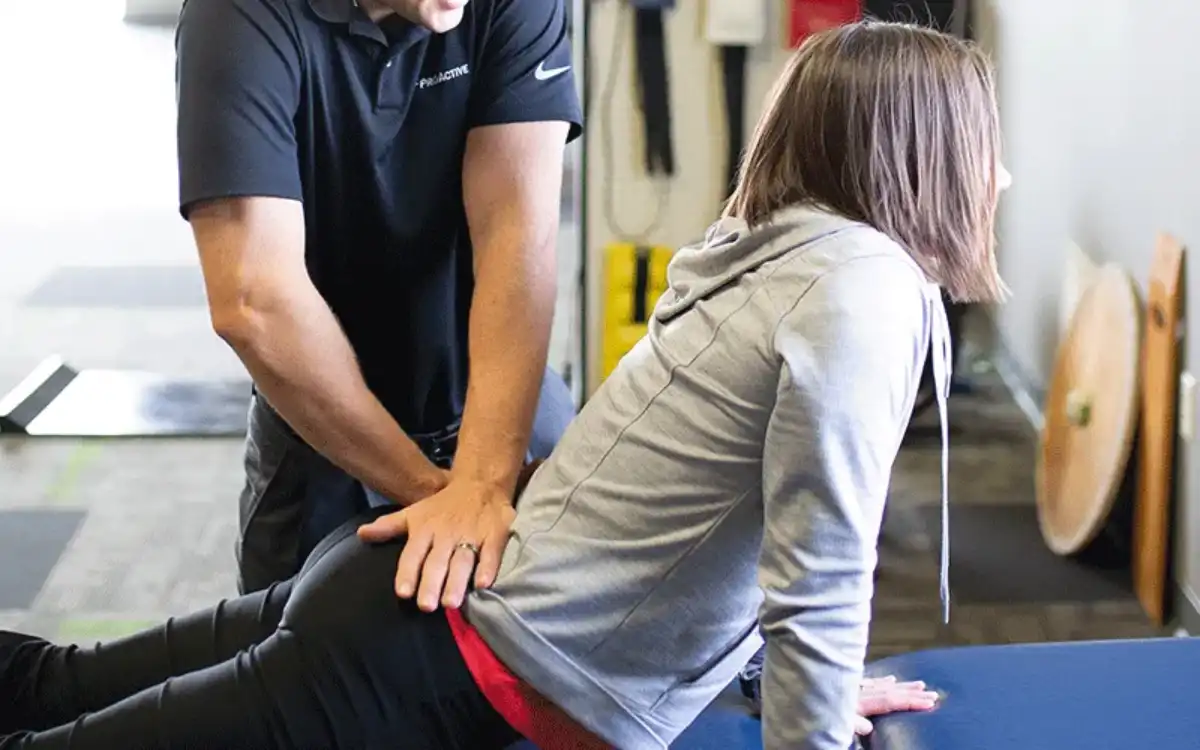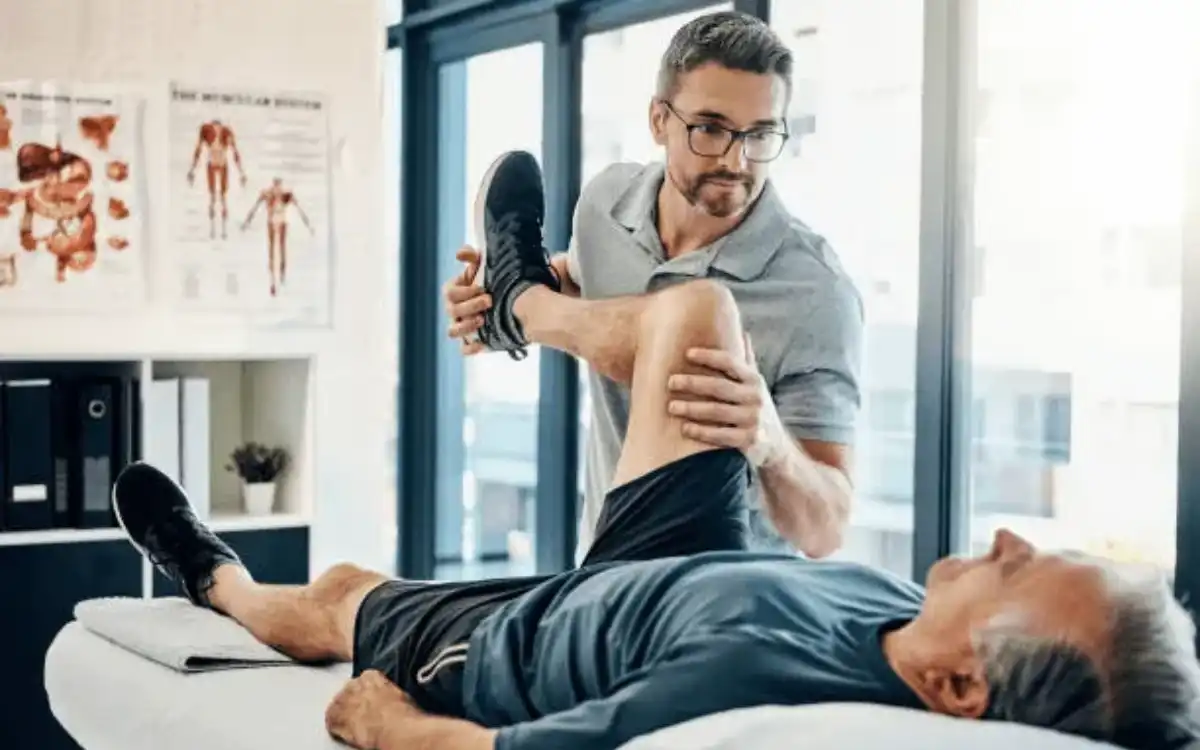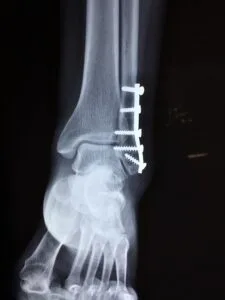OVERVIEW
Ankle Sprains/Instability
Ankle sprains can be a common injury. These injuries usually occur when the foot is forced to be inverted or turned inward. The result is a Grade I (minor tear), a Grade II (partial tear) or a Grade 3 (complete tear into 2 pieces). This damage to the outer ligament complex (the anterior and calcaneofibular, respectively) can lead to severe injury. It is rare to sustain injury to the ankle’s inner side.
An ankle sprain can be characterized by lateral ankle pain, swelling, and instability. A stress X-ray may be useful in diagnosing fractures.
Acute injuries require rest, compression, elevation, bracing, and ice. A rapid recovery is possible with early rehabilitation. Only when the ankle is repeatedly sprain is surgery (reconstruction of ligaments) necessary.
TREATMENT
Possible Treatments
- Ankle Active Range for Motion
- Ankle Joint Mobilization
- Ankle Joint Passive Range of Motion
- Ankle Progressive Resistive Motion Range
- Aerobic/Endurance Exercise
- Cold Therapy
- Electrotherapeutic Modealities
- Walking Training
- Isometric Exercise
- Plyometrics
- Exercises in Proprioception
- Physical Agents
- Soft Tissue Mobilization
- Stretching/Flexibility Exercise
GOALS
Possible Treatment Goals
- Balance Improvement
- Increase your ability to stand on the leg and bear weight
- Reduce the chance of reoccurrence
- Increase your fitness
- Enhance Function
- Optimize Joint Alignment
- Increase Muscle Strength and Performance
- Increase oxygen to tissues
- Enhance Proprioception
- Increase range of motion
- Self-care for Symptoms
- Increase Safety
- Increase tolerance for prolonged activities
